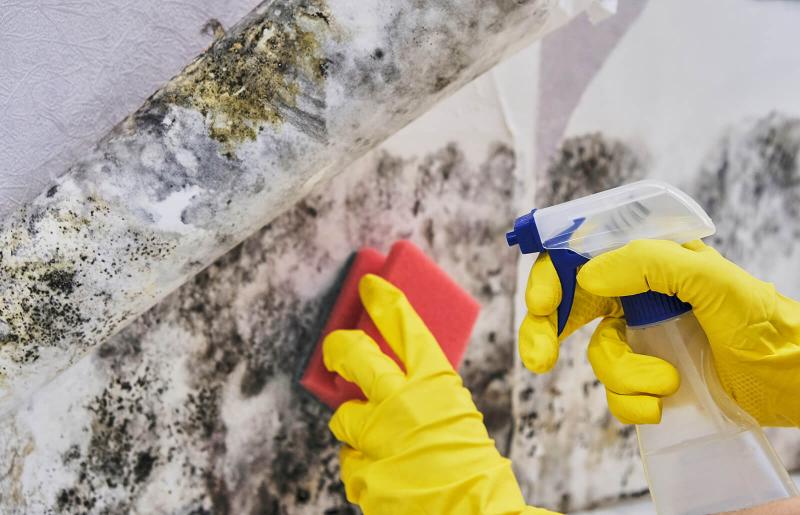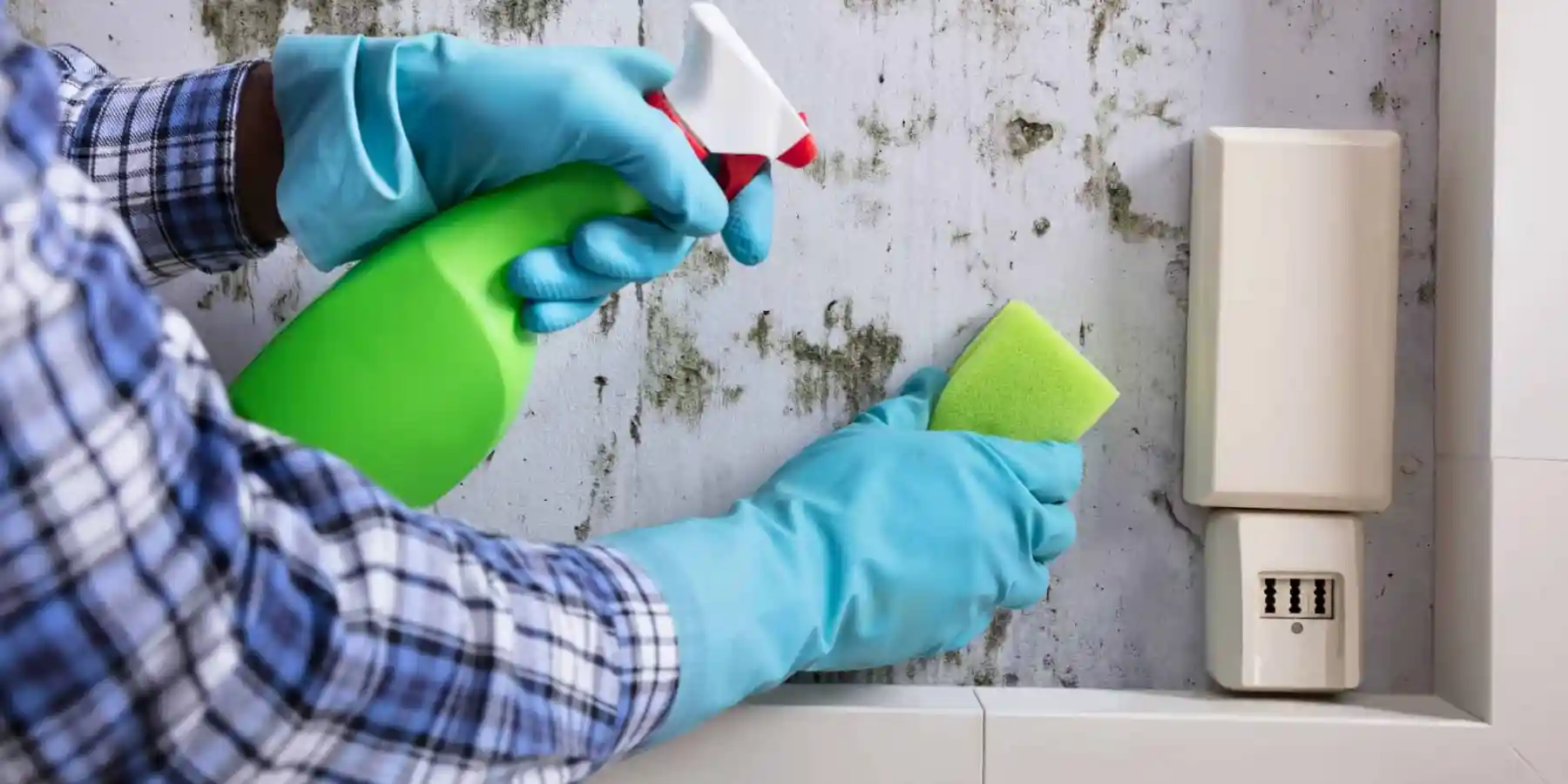Mold needs moisture to survive and thrive. Keeping your home dry by absorbing excess water and humidity is one of the best ways to avoid mold problems. Some key tips for absorbing moisture and inhibiting mold include:
• Repair any leaks or water damage promptly.
The source of excess moisture needs to be identified and fixed before mold starts growing. Fix leaky faucets, pipes, roofs, foundations, etc. Remediate standing water from flooding, water damage or sewer leaks.
• Use moisture absorbing materials.
Materials like silica gel packets, activated charcoal, clay, and calcium chloride are excellent at absorbing excess water vapor and humidity. Place these in damp spaces like basements, crawl spaces, attics, etc. Replace packets once saturated.

• Increase ventilation.
Use exhaust fans, dehumidifiers, ventilation grills and negaitive air ionizers to improve air circulation and remove excess moisture from the air. Run larger units continuously until ready to be repaired. High-volume fans can help dry and dehumidify water damaged sheetrock, insulation or cabinets.
• Keep humidity levels low.
A relative humidity level around 30-50% helps prevent mold and mildew growth for most homes. Use hygrometers to keep an eye on humidity, especially in basements or on exterior walls. Sporadically check other potential problem areas.
• Absorb standing water.
After large spills or floods, remove standing water as quickly as possible by wiping, mopping, sponging, blotting and absorptive materials. Do not wait for pumps or other heavy equipment. Any standing water provides perfect growing conditions for bacteria, mold and mildew.
• Consider air purifiers.
Air purifiers with HEPA filters help remove moisture and contaminants from the air, circulating cleaner air throughout your home. Especially useful in laundry rooms, basements, garages or after water damage events.
• Stay proactive with maintenance.
Regular maintenance like cleaning air filters, inspection of roof/walls for leaks, ensuring good airflow, checking seals/caulk, etc. helps keep moisture control top of mind and allows you to catch any potential issues before they lead to high-humidity, water damage or uncontrollable mold growth.
In summary, the key to avoiding mold in the home is absorbing excess moisture through active mitigation, control and prevention strategies. By fixing leaks, using moisture absorptive materials, increasing ventilation, reducing indoor humidity and keeping a watchful eye out for any standing water or potential problems, you can successfully inhibit mold growth and keep your home dry, clean and comfortable.

